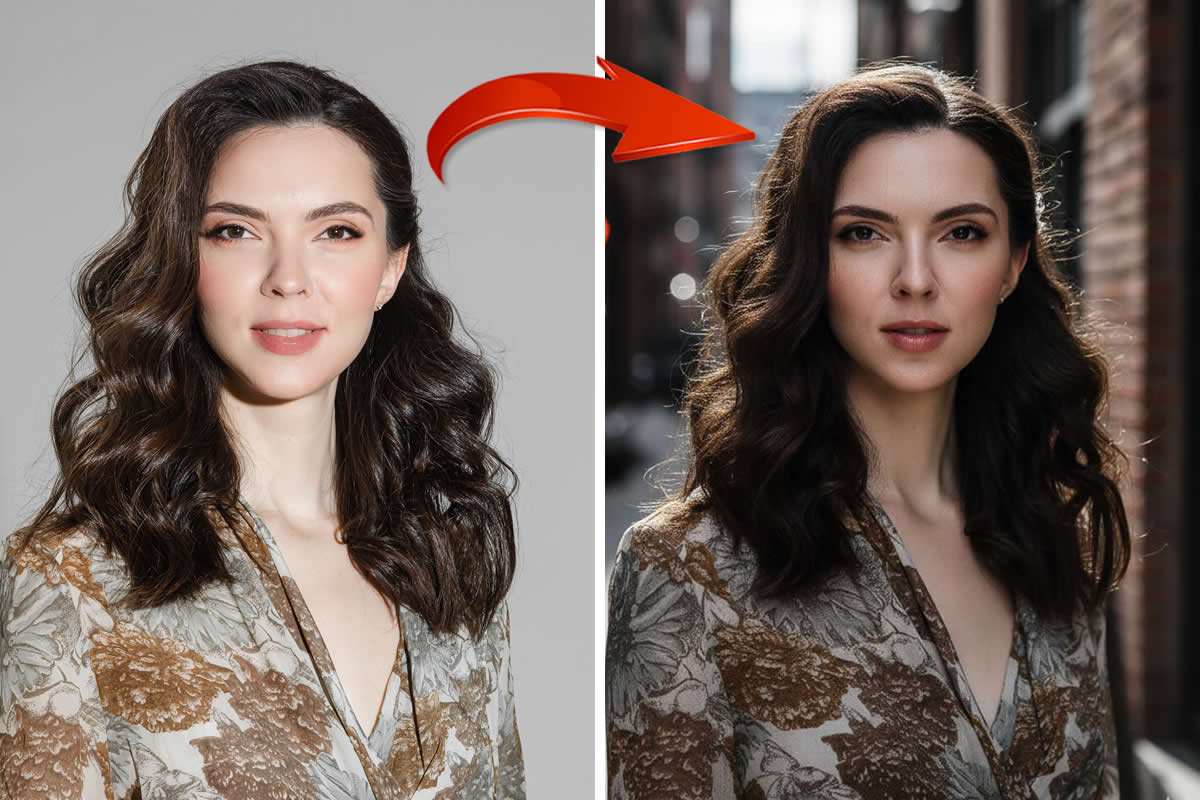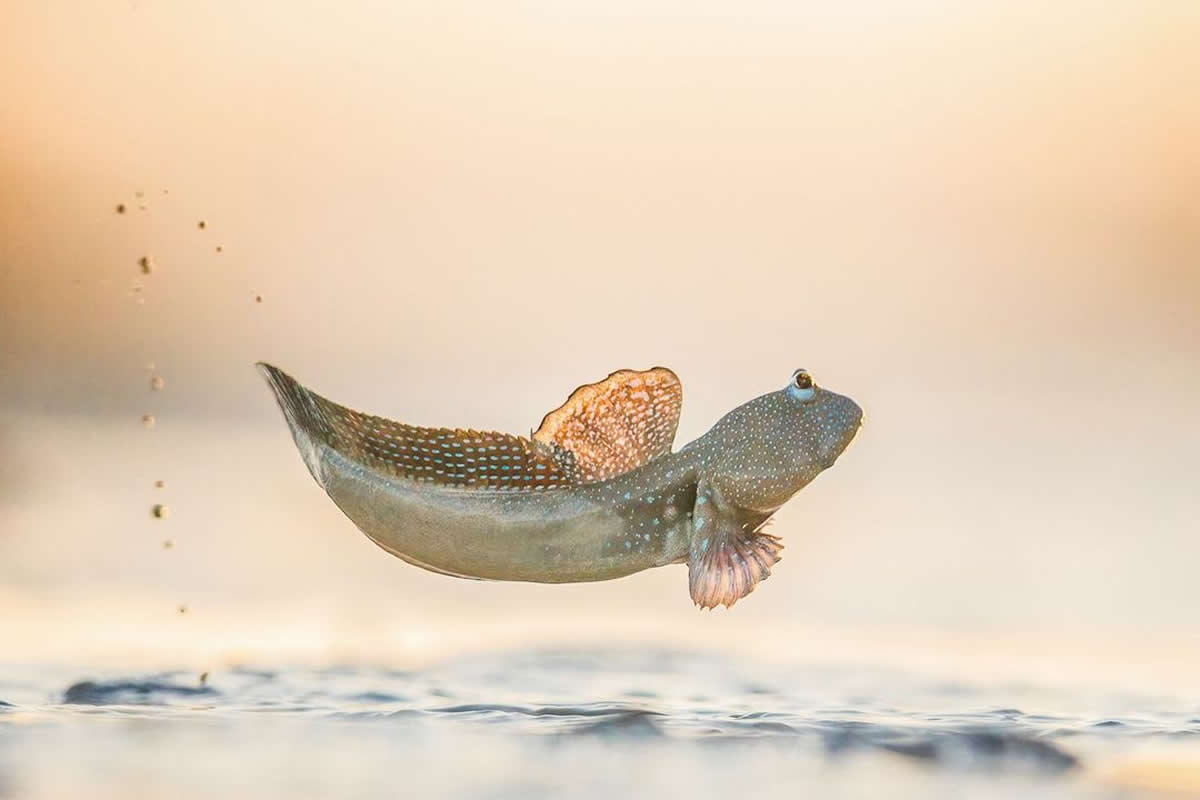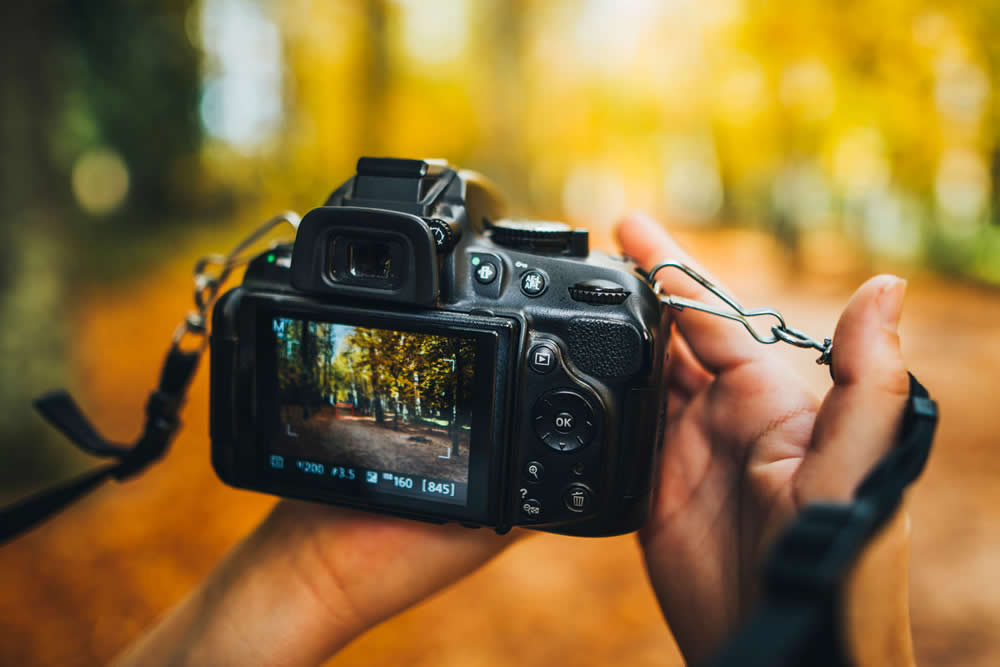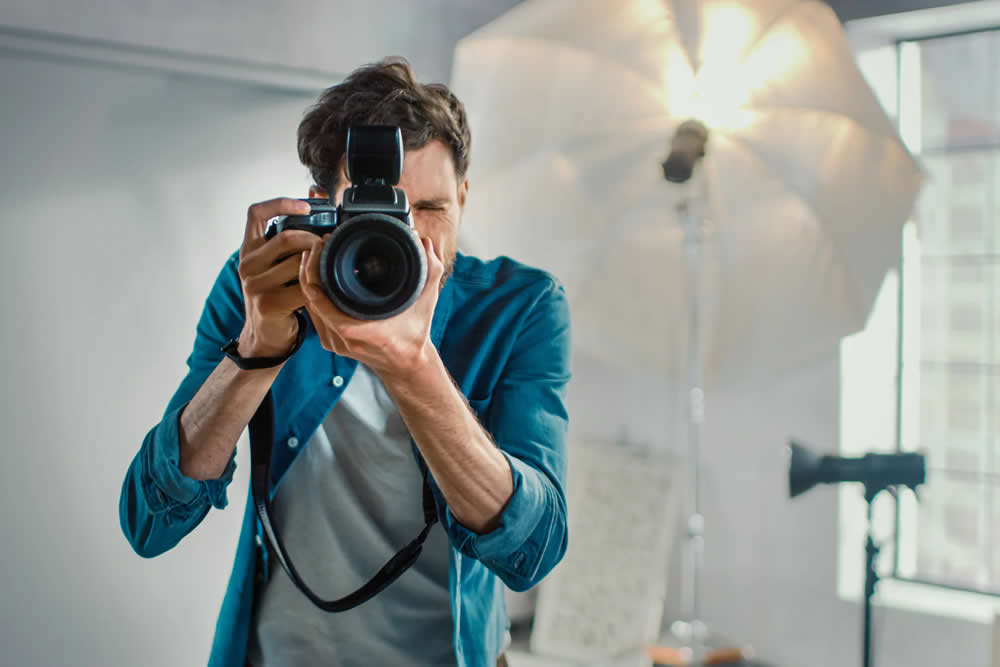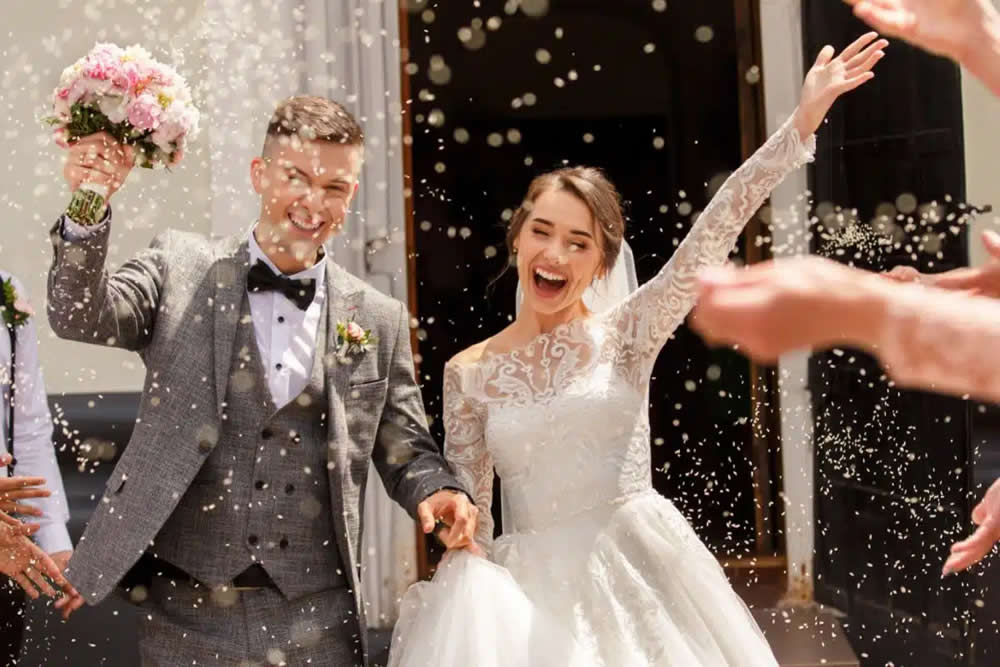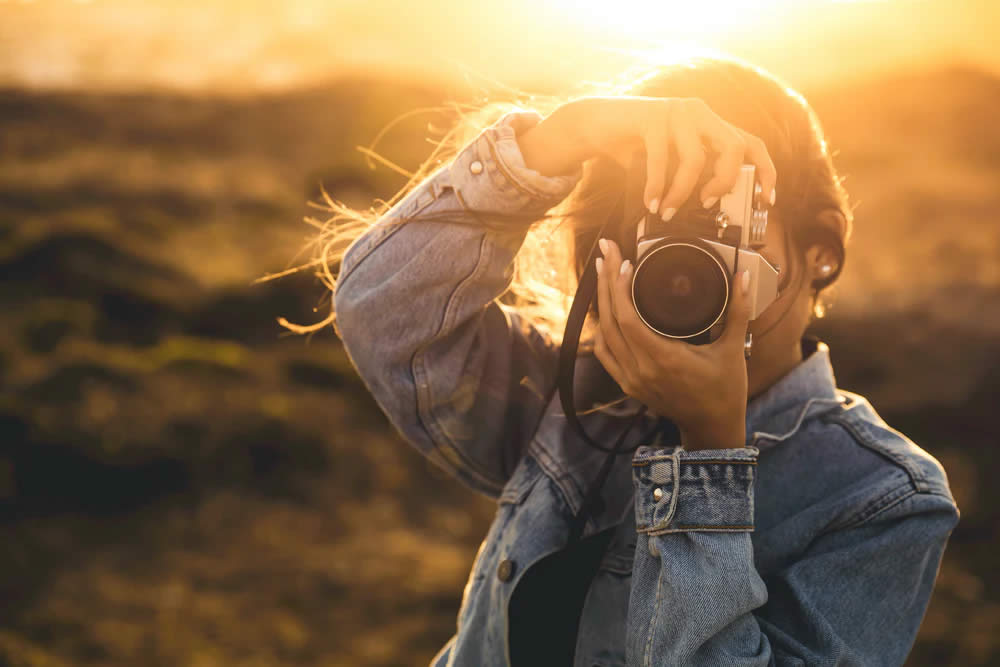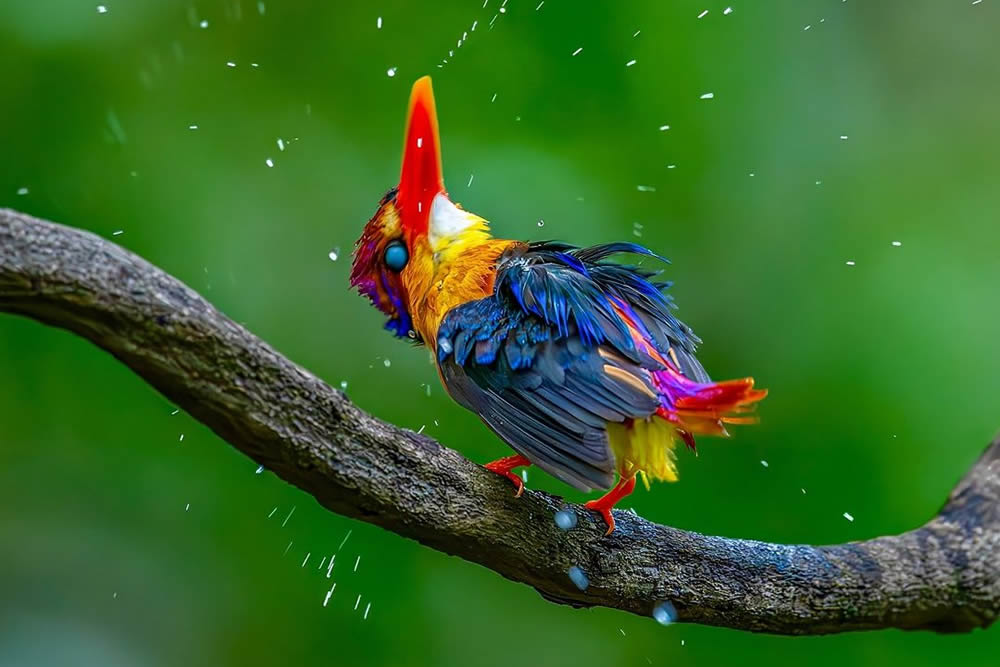In today’s digital age, the ability to manipulate images has become an essential skill for many professionals and hobbyists alike. Whether you’re a photographer, graphic designer, e-commerce business owner, or simply someone who enjoys editing photos, knowing how to remove backgrounds from images can be a game-changer. This guide will walk you through the process of background removal, offering tips, tricks, and best practices to help you achieve professional-looking results.
Color is believed to be the most useful tool at every photographer’s disposal. Using color theory, photography can transmit messages and evoke the desired emotions. The viewer’s eye is drawn exactly where it needs to be. Why is color important in photography? The properly chosen shade can improve the image quality, highlight a subject, and create a specific mood.
Tones and shades can evoke feelings of calm, joy, tension, or thrill. They can create harmony or discord within a frame. The properly chosen palette can turn an average snapshot into a masterpiece. A skillful shooter can deliver crisp, evocative storytelling by adroitly shifting between light and dark.
This article observes the importance of tints and shades in photography. It encourages you to explore different shades and tones. These resources will enhance the beauty and balance of your creations.
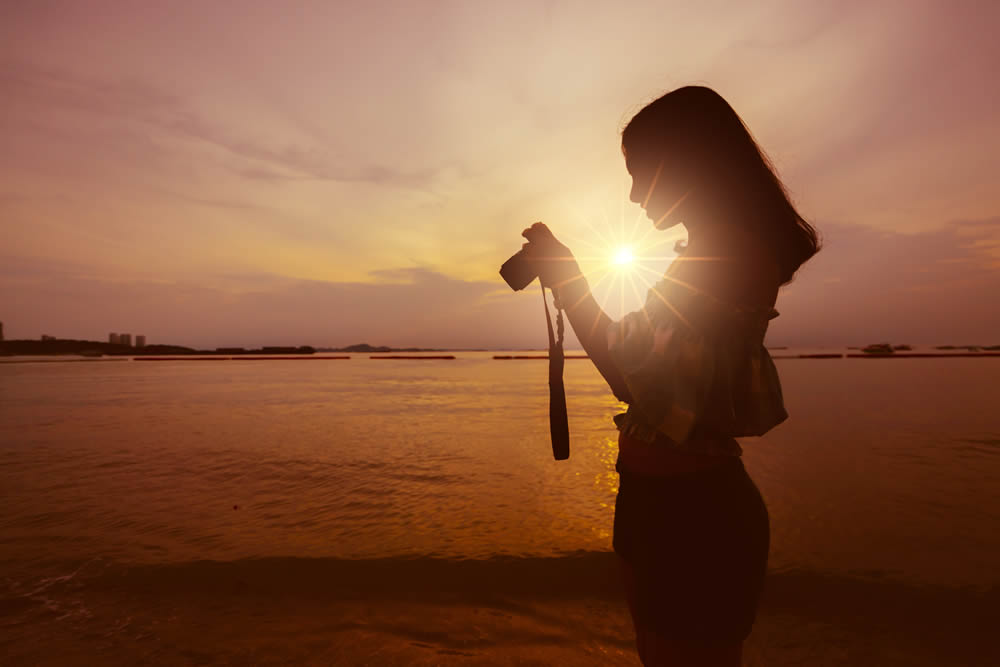
The Color Wheel’s Application for Photos
The theory of color revolves around how different shades and tones relate to one another. A key component of this idea is the color wheel. It arranges colors according to their connections. Typically, colors are categorized into primary, secondary, and tertiary groups.
Primary Colors for Striking Contrasts
Primary color photography focuses on using red, blue, and yellow. These tones create strong contrasts and grab attention. This approach is actively used to define the picture’s focal point.
Imagine a photograph of a bright red umbrella surrounded by yellow leaves. The strong difference between the red and yellow catches the viewer’s attention, focusing on the umbrella and what it represents. This technique is often used in fashion photography and visual stories. In the same way, a portrait of someone in a dark blue jacket set against a plain background can be very eye-catching. The blue jacket helps the person stand out, showcasing their best qualities.
You can take a cityscape photo at dusk, when the blue sky turns to night. The yellow lights will brighten the scene. Adding a red detail, such as a traffic light or a car, will create contrast and draw the eye. This will show the mix of natural and artificial light in the city.
Secondary Colors for Subjects to Pop Out
If you mix two primary tones, you get green (blue and yellow), orange (red and yellow), and purple (red and blue). The given mixtures are known as secondary colors. Pairing them with the primary ones can create dramatic contrasts.
For instance, when you edit pictures on an iPhone, consider placing a green subject against a red background. It can draw the viewer’s eye to the subject. Product photography uses secondary colors to make items stand out without being too much for the viewer.
Try taking close-up shots. Photograph purple wildflowers with a green grass background. The secondary colors highlight the natural beauty of the scene. The flowers stand out while still blending nicely with the greenery.
Tertiary Colors for Cohesiveness
A tertiary color is a combination of a primary color and a secondary one. Using red-orange, blue-green, and yellow-green can make things more interesting and complex. These colors work together nicely for sophisticated visual artworks.
Consider a landscape photograph in which the golden hues of a sunset (a mix of yellow and orange) blend seamlessly into the surrounding greenery. The yellow-green of the grass and trees goes perfectly with the golden sky, creating a warm and inviting vibe.
Tertiary colors are also great for interior photos. Picture a room with red-orange walls, yellow-green wooden tables, and blue-violet cushions on the chairs. This mix of colors gives off a cozy and welcoming feel to anyone looking at the photo.
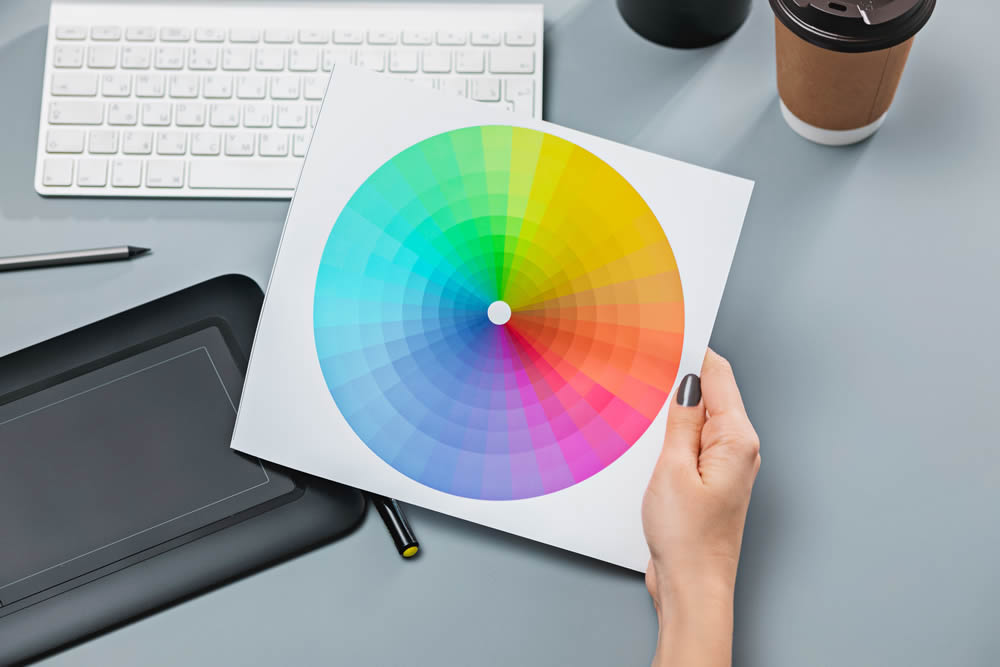
Complementary, Analogous, and Triadic Colors
Complementary Colors
Complementary colors are placed against each other on the color wheel. For instance, orange and blue, or purple and yellow. When combined, the shades become more pronounced and vivid.
A red apple on a green plate for a culinary photoshoot or an orange sunset over the deep blues of the ocean in travel photography represents the effective use of complementary tones. They allow photographers to create visually striking, captivating, and dynamic images.
Capture a close-up of a ripe, orange pumpkin sitting on a bed of lush green grass. Green and orange are complementary shades. This combination creates a contrast. It lets you naturally draw the viewer’s eye to the main subject.
Analogous Colors
These colors are situated next to each other on the color wheel. Blue, blue-green, and green, or red, red-orange, and orange, are naturally harmonized. They can help achieve a cohesive and calming look. The smooth color transition attracts the viewer’s attention without sensory overload.
Analogous color schemes are often found in nature, like fall leaves, ranging from dark red to light yellow. Nature photography effectively applies these ranges. Another example is photographing the water surfaces to represent the combination of different shades of blue.
Capture a field of lavender at sunset. The lavender flowers come in shades from dark purple to light violet. The sky above goes from violet to a gentle pink as the sun goes down. It is a really peaceful and calming scene.
Triadic Colors
Triadic schemes consist of three colors evenly spaced around the color wheel. Examples are red, yellow, and blue or orange, green, and purple. When you use them, your shot looks lively and balanced.
For example, picture a market with a stand full of red apples, yellow lemons, and blue berries. That mix of colors would catch your eye and make you feel like the place is busy and fun.
A different example might be a portrait. A person should wear a purple dress or suit. Select a green background. Natural foliage will work especially well. Add orange highlights to provide context and depth without overloading your audience with one shade.
Using three different shades that are evenly spaced on the color wheel can really make your still life photos pop. Just picture a setup with a red apple, a yellow lemon, and a blue bowl on a wooden table — a perfect example of how triadic tones can make your photos look striking and cohesive.
Conclusion
Understanding color theory is crucial for any photographer. It helps you create appealing, eye-catching photos that grab people’s attention. Different colors can evoke emotions, lead the viewer’s eye, and tell a story. Play around with different shades and combinations to see how they can change the vibe and focus of your photos!


